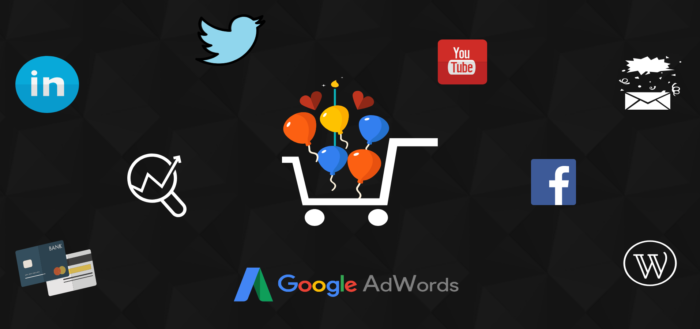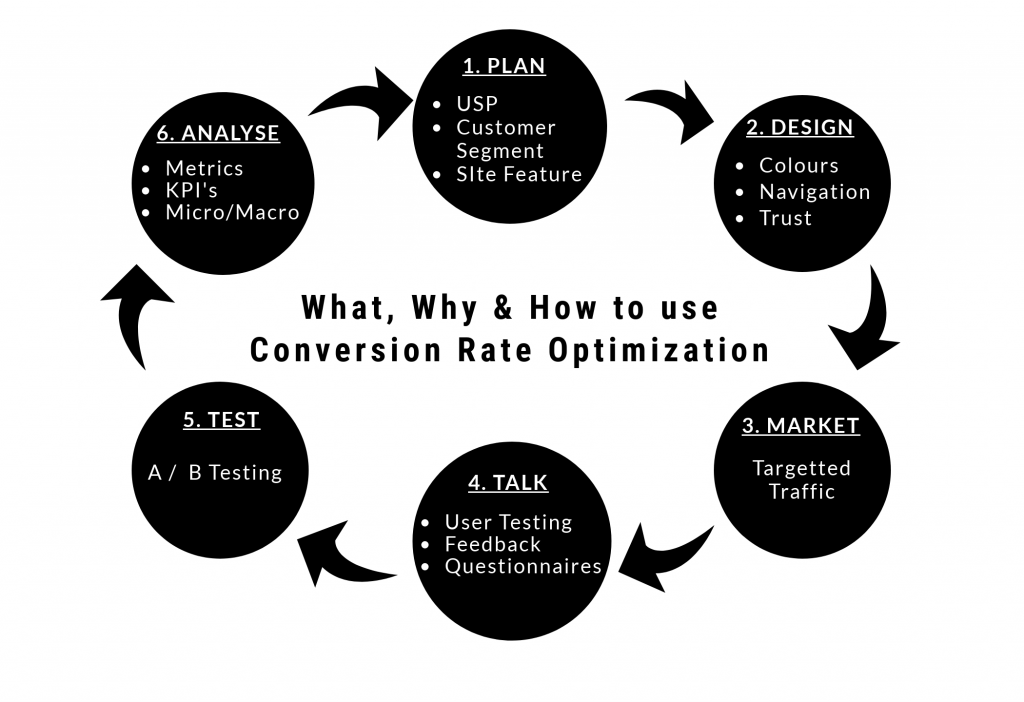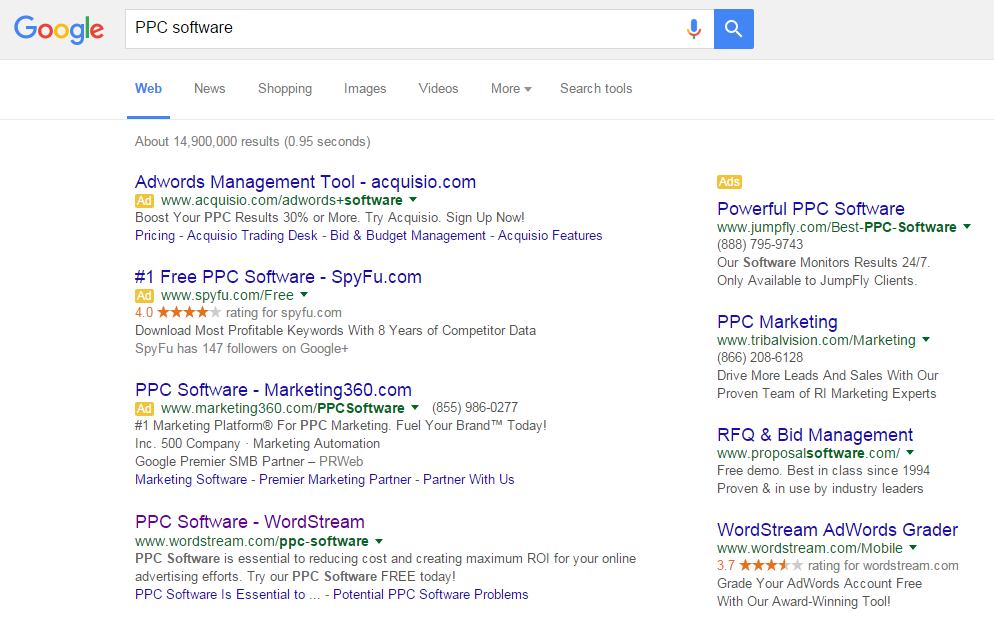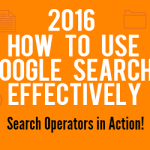
E-Commerce Digital Marketing
Increase in sales using marketing for eCommerce business is achieved by raising awareness about an online store’s brand and the products and services that are provided. Traditional marketing principles are applied to multi-channel, data-driven environment in Digital marketing for eCommerce.
When you categorize it, eCommerce marketing can be divided into two general factors:
- Increasing websites traffic.
- Convert more customers using CRO (Conversion Rate Optimization).
Both factors are of great importance to your eCommerce marketing strategy and in your online business growth, and they should be treated as equally essential.
Some E-Commerce Marketing Terms:
To gain an understanding of basic eCommerce marketing, start with a solid foundation of commonly used terms like:
Search Engine Marketing (SEM): Search engine marketing (SEM) is a form of Internet marketing that involves the promotion of websites by increasing their visibility in search engine results pages (SERPs) primarily through paid advertising.
Pay-Per-Click Advertising (PPC): Carrying on an effective PPC campaign involves bidding strategies on the keywords or phrases used in the search queries. Your ads will appear above or below organic search results, with higher bids earn desired position. These search engines earn revenue on a CPC (Cost Per Click) basis, while impressions are determined by no. of times ads appeared based on user search query.
Display Advertising: For Brand Awareness and Re-marketing, Display advertising is used. It refers to banners, sidebars and other Visual advertisements that appear on websites that are involved in the GDN (Google Display Network). The advertiser using this method pays on the basis of CPM (Cost per Mille Impressions) i.e. cost per thousand impressions.
Search Engine Optimization (SEO): Other than the paid advertising methods, SEO traffic generates unpaid, “organic” results across search engines like Google and Yahoo. Optimized SEO combines best practices on a product level in co-ordination with content creation, inbound links, social media engagement and many other factors taken into consideration by search engine algorithms.
Affiliate Marketing: To drive traffic to an online retailer’s website, Affiliate marketing leverages product-focused referrals such as reviews, comparisons, and testimonials. Get a set commission for referred sales, affiliate marketers typically have a loyal customer following or receive traffic from some advertising platforms. With the help of eCommerce affiliate program many online stores made a large portion of their revenue.
Email Marketing: One can use tools such as MailChimp, ActiveCampaign, etc for Email marketing. It is used to target current, potential and past customers with newsletters, abandoned carts email notifications and re-marketing.
Influencer Marketing: It involves ‘Word of Mouth’ marketing of products and services to those who have an influence over the things other people buy. This channel of marketing is good for Brand Awareness. This market influence typically stems from an individual’s expertise, popularity, or reputation. Marketing to an audience of influencers is similar to word of mouth marketing, but it doesn’t rely strictly on explicit recommendations.
Lifetime Value of a Customer (LTV): The planning of future revenue, total profits and value that a customer will generate during the whole relationship with a merchant is the Lifetime Value of a Customer.
Conversion Rate Optimization (CRO): It is the systematic process of increasing the percentage of website visitors who take a desired action, be that filling out a form, becoming customers, or otherwise.
Conversion Funnel: The journey a prospect takes to become a customer refers to a conversion funnels, starting with the awareness stage and ending in a purchase. A longer sales cycle is common for higher-priced items, while low-cost items convert in a much shorter time frame.
E-commerce Marketing Channels you need to know:
- Google AdWords
Google has developed a platform for online advertising known as Google Ads, where advertisers pay to display brief advertisements, service offerings, product listings, video content and generate mobile application installs within the Google ad network to web users. Google Ads system is partially based on cookies and keywords determined by advertisers. Google then uses these two characteristics to place advertising copy on pages where they think it might be relevant. Advertisers pay when users click on the advertising copy. Partner websites that come under the Google Network receive a portion of the generated income. As Google’s advertising platform, Ad Words pioneered the PPC (Pay-per-click advertising) model and capitalizes on the company’s majority share of the search markets.
- Search Engine Results Page (SERP)
The pages displayed by search engines in response to a query by a user are Search Engine Results Pages (SERP). The listing of results that are returned by the search engine in response to a keyword query is the main component of the SERP, although the pages may also contain other results such as advertisements. Having results on the first page of SERP’s is critical to acquiring new customers.
- Social Media Marketing
Facebook, Twitter, LinkedIn, Instagram and YouTube are social media platforms that provide business’s with an advertising platform. One can build its own brands name within its social media followers and further target such audience to spread awareness about its products.
Social media marketing permits the e-commerce merchant to approach the customer when they were in the mood to get engaged, in a setting that the customer has chosen
Platforms for Social Media Marketing are as follows:
Keep Up With latest E-commerce Marketing Trends:
With time, Marketing methods are continually advancing. To stay on top of your league, it is important that you adopt the upgrades and match up with the marketing trends. E-commerce businesses will stay permanent. In fact, they will only become better and universal. Your focus should be on developing your customer experience in order to improve sales and maintain customer relationships.
For a successful eCommerce marketing strategy one must know the latest industry trends. All industries evolve, but online marketing seems to advance at warp speed, making it a priority to adjust your eCommerce marketing strategy plan accordingly. Search engines and advertising platforms are constantly altering their requirements and adding more attributes to specify digital marketing goals, rules, and algorithms that determine results — so it’s essential to stay mindful of any breakthrough.
Some progressively successful SEO tactics, can become liabilities overnight. As Google and other search engines refine their algorithms to deliver the highest-quality results, due to this speedy development it is crucial to make sure the store is compliant.
Conversely, algorithm updates can also present opportunities. Humming-Bird increased the importance of semantic search, allowing SEO’s to rely less on exact-match keywords. Less stringent keyword requirements lead to more creativity, and high-ranking product results today are not as reliant on inclusion of precise product keywords. Other updates have favored websites with quality informational content, increasing the importance — and opportunity — of utilizing blogs, buying guides and other forms of content.
Staying in-sync with the community and getting the real-time information on the latest eCommerce marketing tips is a great effort for online business owners who want to discover working tactics and implement them for short or long-term results.
Here are some upcoming trends for eCommerce marketing one needs to take a look at :
- Programmatic and Contextual Advertising.
- Live broadcasting.
- Marketing automation.
- True North Metric.
- Artificial Intelligence (AI) revolution.
- Improved shipping options.
- Voice search.
- Emotional marketing.
- Growth Marketing,
E-commerce Marketing Steps To Drive More Sales:
- Create an automated email marketing campaign.
- Adopt tools for reducing cart abandonment.
- Sell your products in more places, across channels.
- Optimize your checkout process.
- Build a better mobile experience.
- Expand your presence across social media platforms.
- Implement an SEO strategy.
- Motivate customers to write product reviews.
- Launch a loyalty program.
- Personalize your content marketing.
- Word of mouth advertising.










